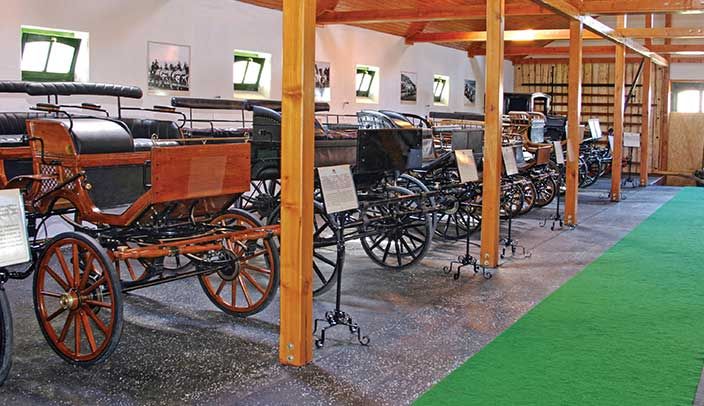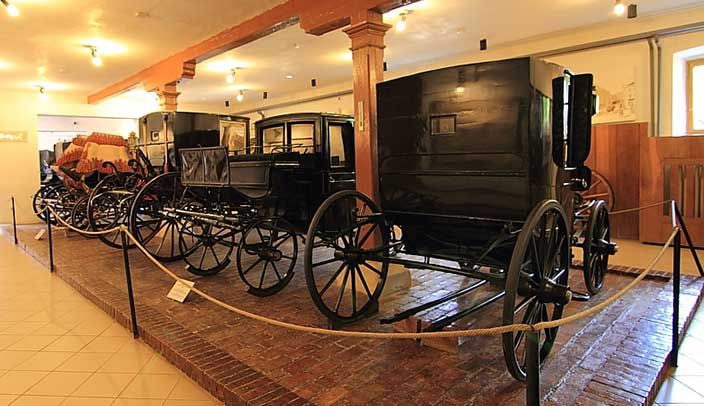Vaulting

Already in ancient times, people were excited to prove their courage and skill on a galloping horse with acrobatic exercises.
In ancient Rome, for example, such tasks were part of the riding education of well-to-do youths. In the Renaissance, vaulting then developed into an independent sport, which owes its name to the French influence (la voltige). The nature of the sport is also shown by the Italian word voltigare, which means to fly. This expresses the lightness of the gymnastic exercises performed on the horse, the jumping up and down, since vaulting is a combination of riding and acrobatic gymnastics.
It usually means gymnastics performed on horseback to music. The gymnastic exercises of the time of chivalry may have differed somewhat from the exercises known today in the sport, but their purpose was the same, they served to improve the skill of the riders, in our case, knights. Just like in the 19th century with the Hungarian hussars, who trained themselves in a similar way to improve their seat on the horse.
Vaulting, which emerged in the 20th century, was an Olympic sport in 1920 and 1928. Nowadays, it is mostly a sport for children. Equestrian is an excellent opportunity to playfully, almost imperceptibly, teach the child to trust the horse. Since the execution of the exercises requires the joint, well-coordinated work of several children, the training sessions are also excellent team-building opportunities. It is also a great experience for the little ones to make contact with a horse for the first time. When children are young, in many cases the horse is seen as a living climbing frame or playmate, they treat the exercise equipment as a living being and not just as a tool. In the meantime, they learn to trust the animal and understand that it is not enough to jump up and down on it, you also have to take care of it. Also, there is a system in gymnastics and there are certain rules that must be followed. The vaulting horses are lovingly cared for by the children, while they learn to handle the horse, they learn that care is just as important as the sport itself.
During vaulting, the contact with the horse is constantly close to the body. Every equestrian is constantly aware of how much he depends on the goodwill and diligence of his horse. The consequence of this is a grateful and careful coexistence.
Vaulting is actually the basis of horse riding, the movement culture and self-confidence of riders who accept and love the closeness of the horse at a young age can be an excellent basis for sporty riding later on.









